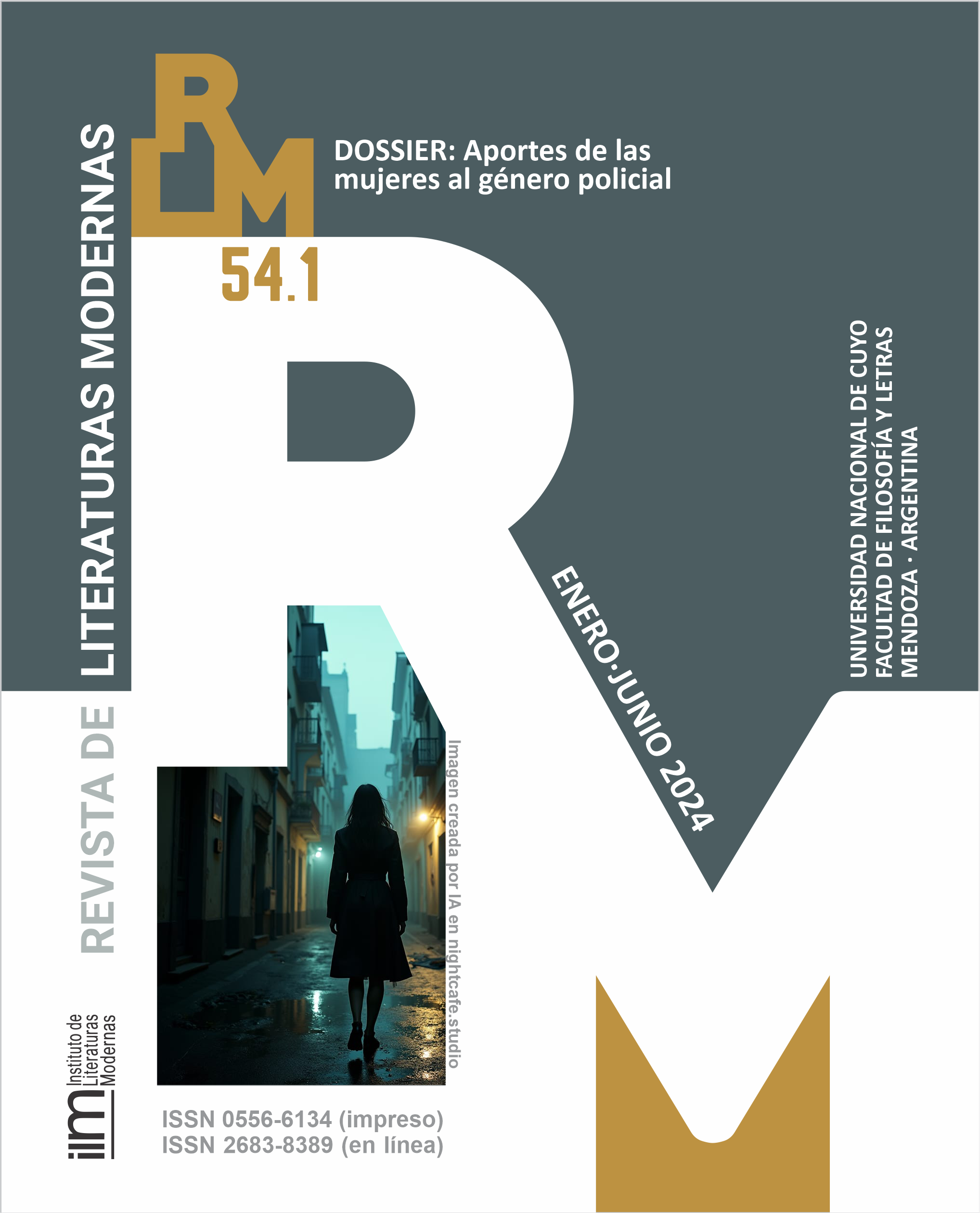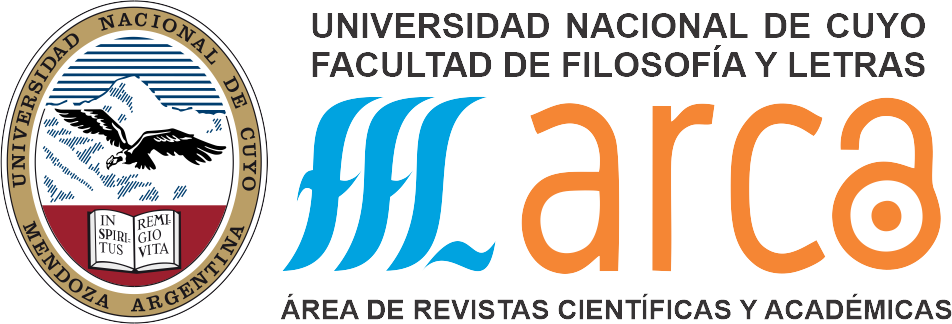More than a Lover: A Revaluation of Charo's Role in the Pepe Carvalho Series by Manuel Vázquez Montalbán
Keywords:
Pepe Carvalho series, Manuel Vázquez Montalbán, novela negra, female charactersAbstract
Before the boom of female crime fiction, some novela negra authors used the female body to divert attention from the serious and violent action of the plot, thus offering a kind of distraction from the disappointing social reality explored in these texts. The Pepe Carvalho series by Manuel Vázquez Montalbán, for example, presents a parade of female characters, whose purpose is to visually and sexually entertain the detective and the reader. The most significant recurring female character in the series is Charo, a prostitute who also plays the role of Carvalho's girlfriend. This article proposes that Charo, a character not studied by critics despite the popularity of the series, challenges conventional stereotypes about women in crime fiction, as she does not fit neatly into the traditional roles assigned to women in the genre, especially prior to the popularity of the female detective protagonist. Straddling the line between being the victim, love interest, and companion, Charo emerges in this series as someone who challenges the detective to realize his emotional potential.
Downloads
References
Aranda, Q. (1997). La Familia de Pepe Carvalho. En M. Vázquez Montalbán, La soledad del manager (pp. 257-281). Planeta.
Bayó Belenguer, S. (2000). Montalbán’s Carvalho series as a social critique. En A. Mullen y E. O’Beirne (Eds.), Crime Scenes: Detective Narratives in European Culture since 1945 (pp. 300-311). Rodopi.
Bayó Belenguer, S. (2001). Theory, Genre, and Memory in the Carvalho Series of Manuel Vázquez Montalbán. Edwin Mellen Press.
Choi, M. N. (2012). La mujer en la novela policial: evolución de la protagonista femenina en cinco autoras hispanas. Palibrio.
Díaz Arenas, Á. (1995). Introducción a la lectura de la obra narrativa de Manuel Vázquez Montalbán. Reichenberger.
Hart, P. (1987). The Spanish Sleuth: The Detective in Spanish Fiction. Associated University Presses.
Macklin, J. (1992). Realism Revisited: Myth, Mimesis, and the novela negra. En R. Rix (Ed.), Leeds Papers on Thrillers in the Transition: Novela negra and Political Change in Spain (pp. 49-73). Trinity and All Saints.
Santana, M. (2000). Manuel Vázquez Montalbán’s Los mares del Sur and the Incrimination of the Spanish Transition. Revista de Estudios Hispánicos, 34, 535-559.
Sieburth, S. (1994). Inventing High and Low: Literature, Mass Culture, and Uneven Modernity in Spain. Duke University Press.
Vázquez Montalbán, M. (1974). Tatuaje. Plaza & Janes.
Vázquez Montalbán, M. (1977). La soledad del manager. Planeta.
Vázquez Montalbán, M. (1981). Asesinato en el Comité Central. Planeta.
Vázquez Montalbán, M. (1983). Los pájaros de Bangkok. Planeta.
Vázquez Montalbán, M. (1984). La Rosa de Alejandría. Planeta.
Vázquez Montalbán, M. (1986). El Balneario. Planeta.
Vázquez Montalbán, M. (1988). El centro delantero fue asesinado al atardecer. Planeta.
Vázquez Montalbán, M. (1991). El laberinto griego. Planeta.
Vázquez Montalbán, M. (1997). Quinteto de Buenos Aires. Planeta.
Vázquez Montalbán, M. (2000). El hombre de mi vida. Planeta.
Vázquez Montalbán, M. (2008). Los mares del sur. Planeta.
Downloads
Published
How to Cite
Issue
Section
License

This work is licensed under a Creative Commons Attribution-NonCommercial-ShareAlike 4.0 International License.








